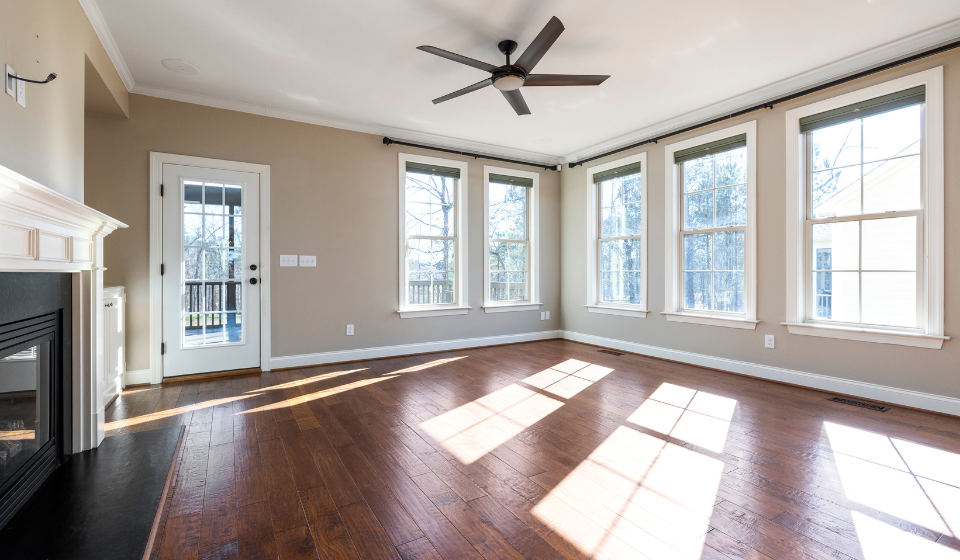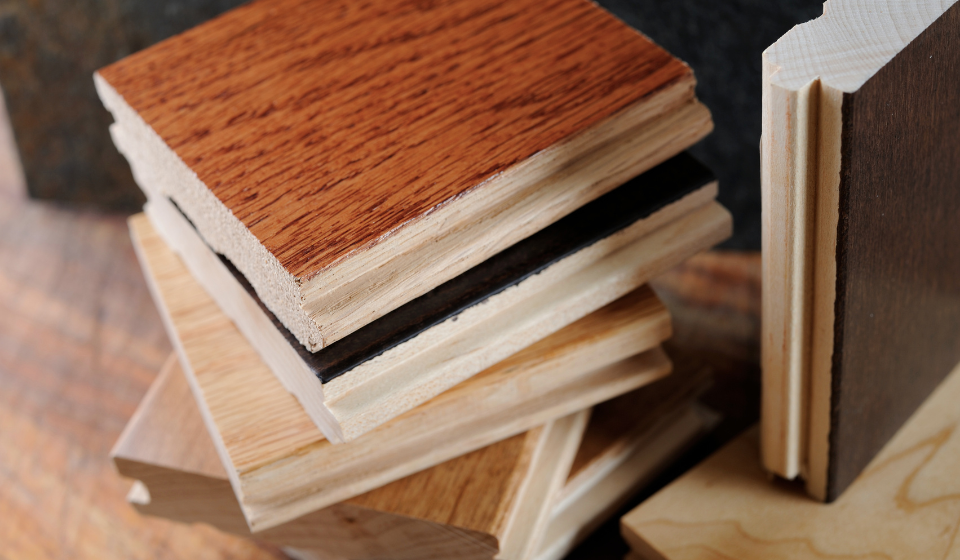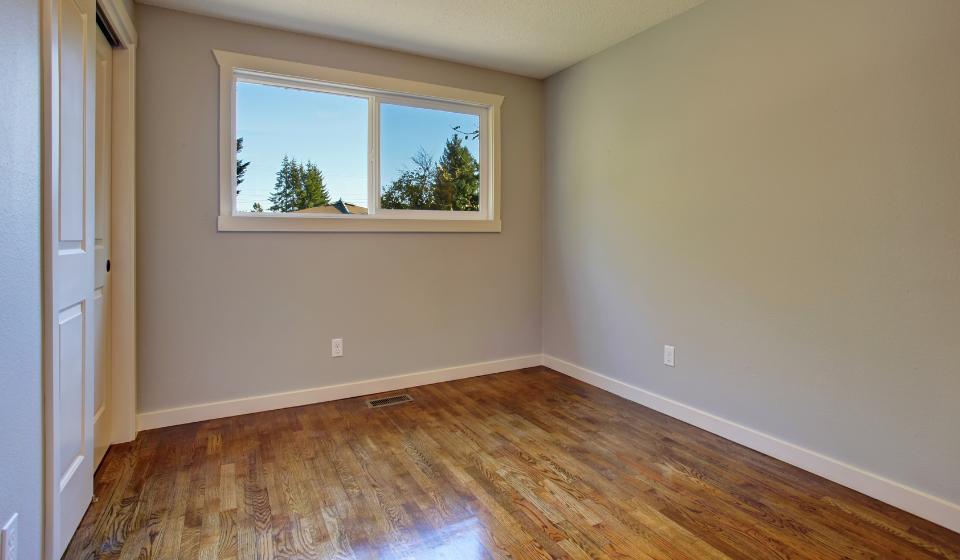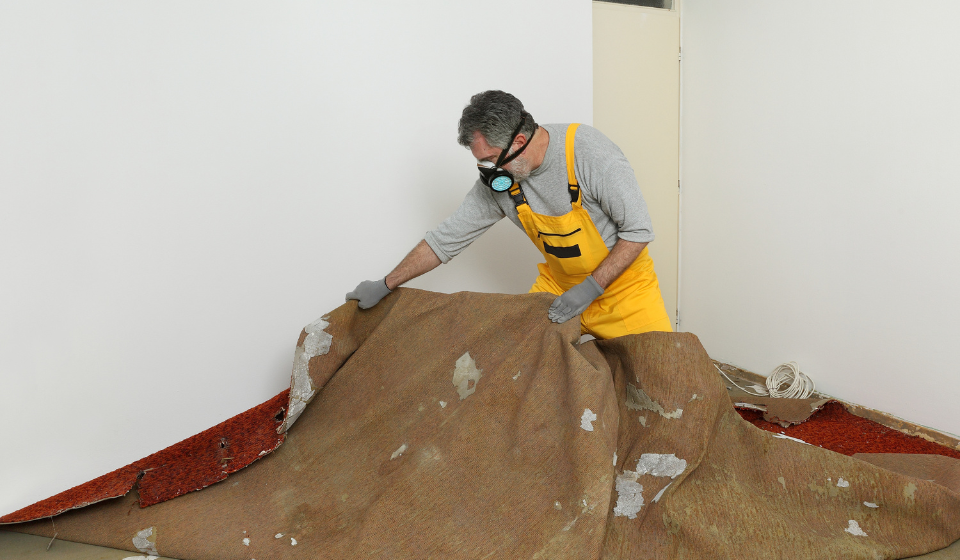Knowing When to Replace Your Carpets with Hardwood Floors
There comes a time in every home when carpets start to show their age. Perhaps the colors have faded, or you’ve scrubbed away at tough stains one too many times without success. If persistent odors linger despite thorough cleaning, it might be time to consider new flooring options. Carpets can also wear out over time, showing obvious signs like fraying, wrinkles, or worn paths. It may be time to replace carpet with hardwood.
Switching to hardwood floors is a popular choice for many reasons. Hardwood offers durability and a timeless look that rarely goes out of style. It also requires less maintenance compared to keeping carpets fresh and stain-free. While the initial investment might seem high, the longevity and added value to your home often make hardwood a worthwhile choice.
Choosing the right time to replace your carpeting with hardwood involves assessing your current floor’s condition and evaluating the benefits hardwood brings. This guide will help you identify the signs that indicate it’s time for a change and will provide insights into the advantages of making the switch.
Signs It's Time to Replace Your Carpet
Recognizing the signs that it’s time to replace carpet with hardwood is the first step in moving toward a fresh home update. A common indicator is persistent stains and odors. Despite regular cleaning and vacuuming, some stains are stubborn. They not only affect the look of your carpet but can also make an entire room seem dirty. If you find that odors linger no matter how often you clean, it might be due to pet accidents, spills, or simply the carpet’s age. These odors may even stem from mold growing beneath the surface, which can pose health risks.
Another clear sign is visible wear and tear. Over time, foot traffic can cause paths to form, where the carpet fibers become matted and flat. Fraying edges or corners lifting from the floor are also red flags. These signs not only mar the appearance but can also pose tripping hazards, especially for children and older adults. Additionally, when a carpet’s color fades unevenly due to sunlight or cleaning chemicals, the rug loses its visual appeal.
Monitoring these wear indicators helps you decide when it’s time to replace your carpets with something more durable like hardwood. Consider the age of your carpet too—most carpets last up to 10 years with proper care. Past this point, even the best-maintained carpets begin to show their age, making hardwood an appealing alternative.

Benefits of Switching to Hardwood Floors
Transitioning from carpet to hardwood flooring offers numerous benefits. Hardwood provides unparalleled durability, making it a long-term investment for your home. With proper care, hardwood can last decades and often increases the resale value of a property. Unlike carpets that wear down quickly in high-traffic areas, hardwood floors can withstand years of use, maintaining their beauty and integrity.
Another advantage is the ease of maintenance. Unlike carpets that require frequent vacuuming and stain treatments, hardwood floors are easier to clean. A simple sweep or mop can remove dust and dirt effortlessly, keeping your floors looking pristine. Spills are less of a worry; with hardwood, there’s no lingering moisture or risk of stains settling in. This makes hardwood an excellent choice for homes with children or pets.
Hardwood also contributes to a healthier indoor environment. Carpets often trap dust, allergens, and pet dander, which can impact air quality. By switching to hardwood, the risk of allergens is reduced, providing a cleaner, healthier space for you and your family. Additionally, hardwood’s timeless appeal and variety of finishes offer flexibility in matching your home’s style.
The switch to hardwood floors is an investment that enhances both the aesthetic and functional aspects of your home. With durability, easy maintenance, and added value, it’s a step worth considering.

Choosing the Right Hardwood for Your Home
Selecting the perfect hardwood for your home involves understanding different types of wood and finishes, as well as how they fit with your existing decor. This choice can greatly impact the overall look and feel of your space.
First, consider the types of wood available. Oak, maple, and cherry are popular options because of their strength and beauty. Oak offers a classic look with prominent grain patterns, while maple is known for its smooth, even texture. Cherry adds warmth with its rich, reddish-brown hues. Each wood type varies in hardness, so think about how much foot traffic your floors will endure.
Finishes also play a crucial role. A glossy finish gives a sleek, polished look, whereas a matte finish offers a more understated, natural appearance. Satin finishes strike a balance between the two, providing a subtle sheen that hides minor imperfections well. Choose a finish that complements your personal style and the level of maintenance you prefer.
Matching hardwood styles with your home decor involves looking at color schemes and furniture styles. Lighter woods can make a room feel spacious and airy, while darker tones add coziness and elegance. Coordinate the floor color with wall paint and furniture to create a harmonious look throughout your space.

Considerations Before Making the Switch
Before transitioning from carpet to hardwood, evaluate several factors to ensure a smooth process and long-term satisfaction. Key considerations include budgeting, cost expectations, and assessing the climate and subfloor conditions in your area.
Budgeting is essential when planning a flooring upgrade. Hardwood often comes with a higher upfront cost compared to carpeting. Prices vary based on wood type, quality, and installation expenses. However, remember that this investment typically adds value to your home, making it an economically smart choice in the long run. Plan your budget carefully, including possible additional costs for things like removing old carpet and prepping the subfloor.
Assessing your home’s climate is critical when installing hardwood. Wood naturally expands and contracts with changes in temperature and humidity. In areas with significant climate variation, consider choosing engineered hardwood, which resists warping better than solid wood. Consult with flooring experts to select wood types suitable for your specific climate conditions.
Subfloor conditions also play a role in your decision. Ensure that your subfloor is level, dry, and clean before installation. Any issues like moisture or uneven surfaces need addressing to avoid future complications. Checking these factors carefully protects your investment and ensures beautiful, long-lasting floors.
Deciding to replace carpet with hardwood flooring is a big step that can enhance your home’s beauty and functionality. Understanding the signs that indicate the need for change, as well as the benefits of hardwood, keeps you informed and prepared. Choose the right wood type and finish to match your decor, and don’t overlook important considerations like budget and climate.
At Caruso’s Floors, we’re here to help you make the best choices for your home. With our wide range of hardwood options and expert flooring installation in Spokane, you’re just a step away from transforming your living space. Visit us today to begin your journey toward beautiful, durable floors that stand the test of time.

